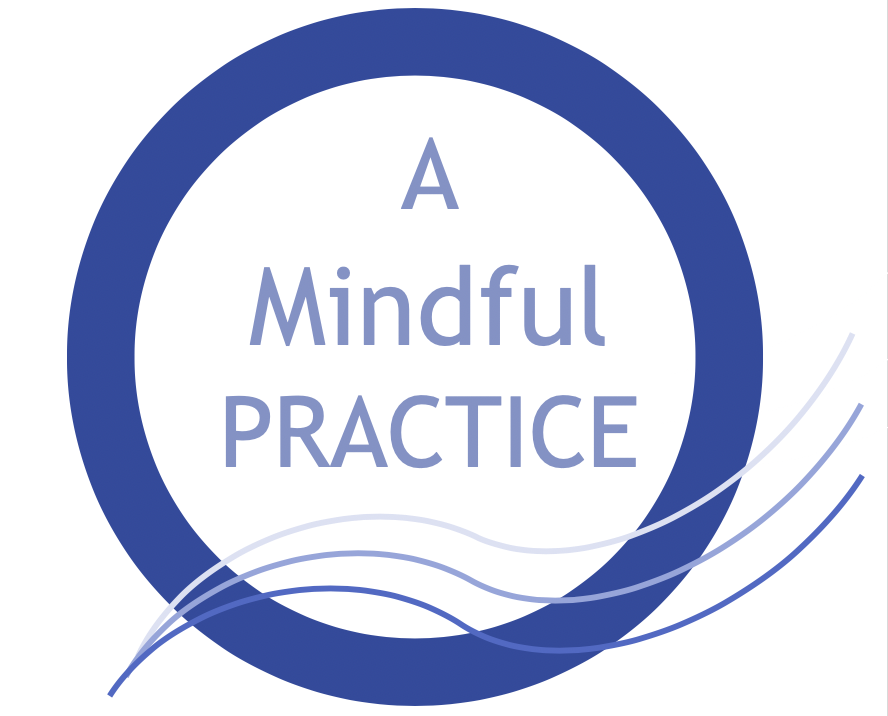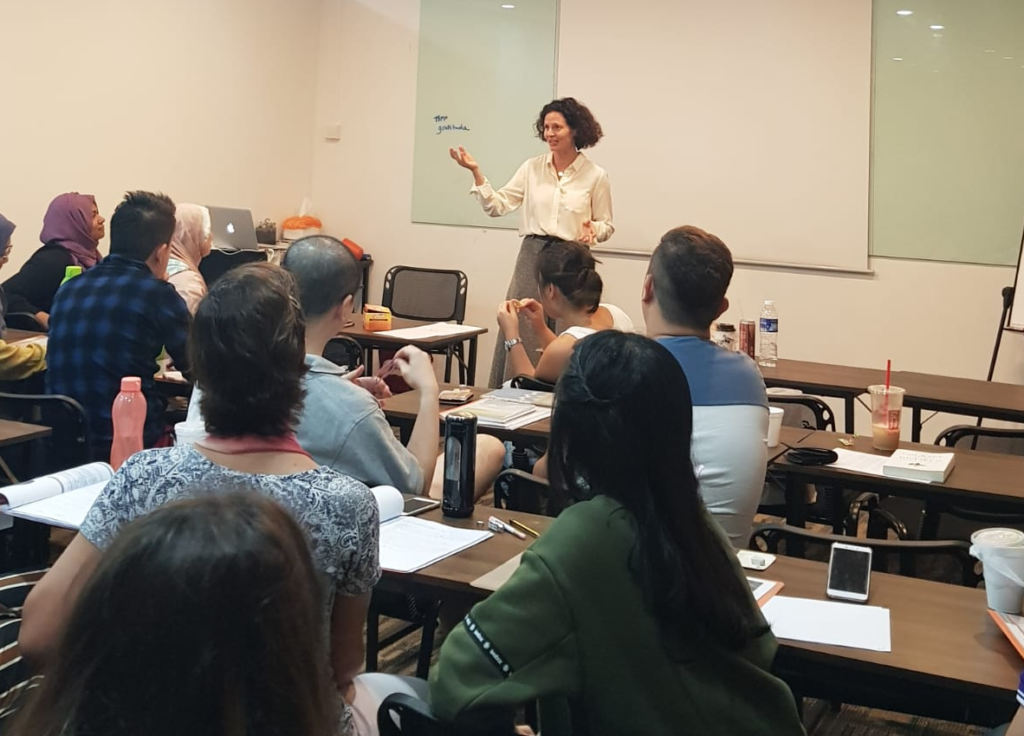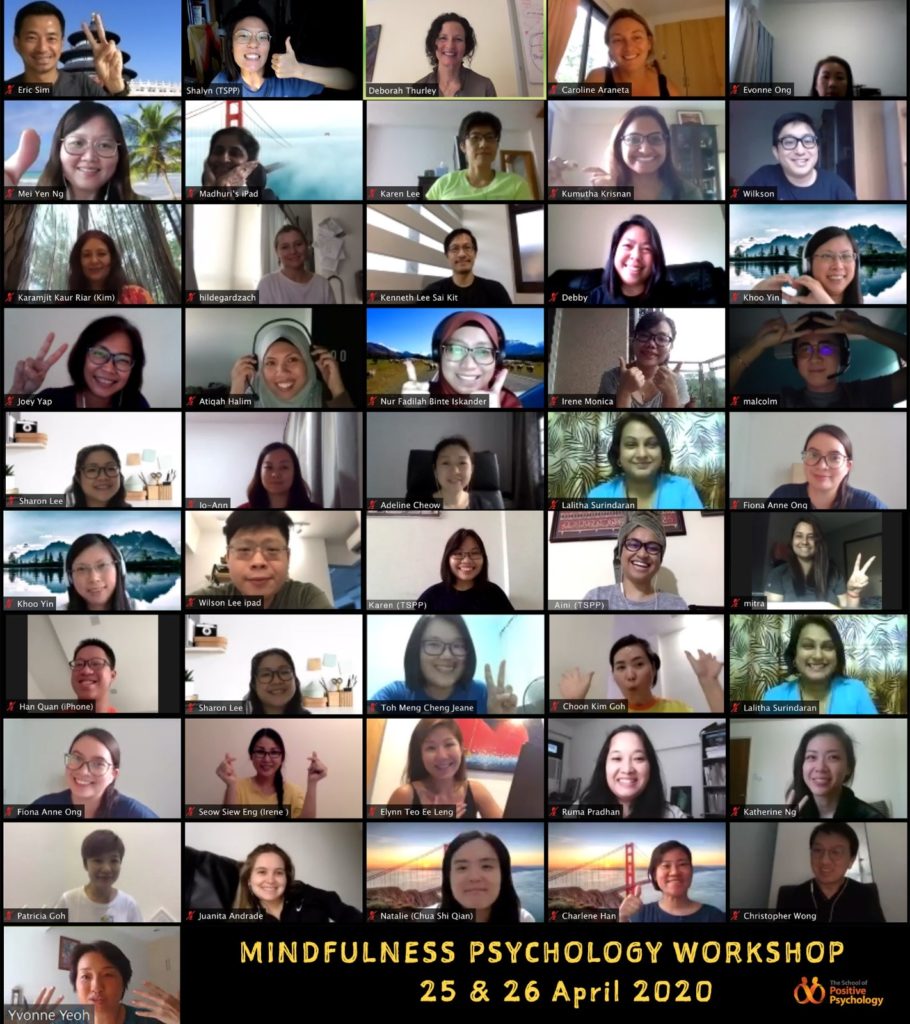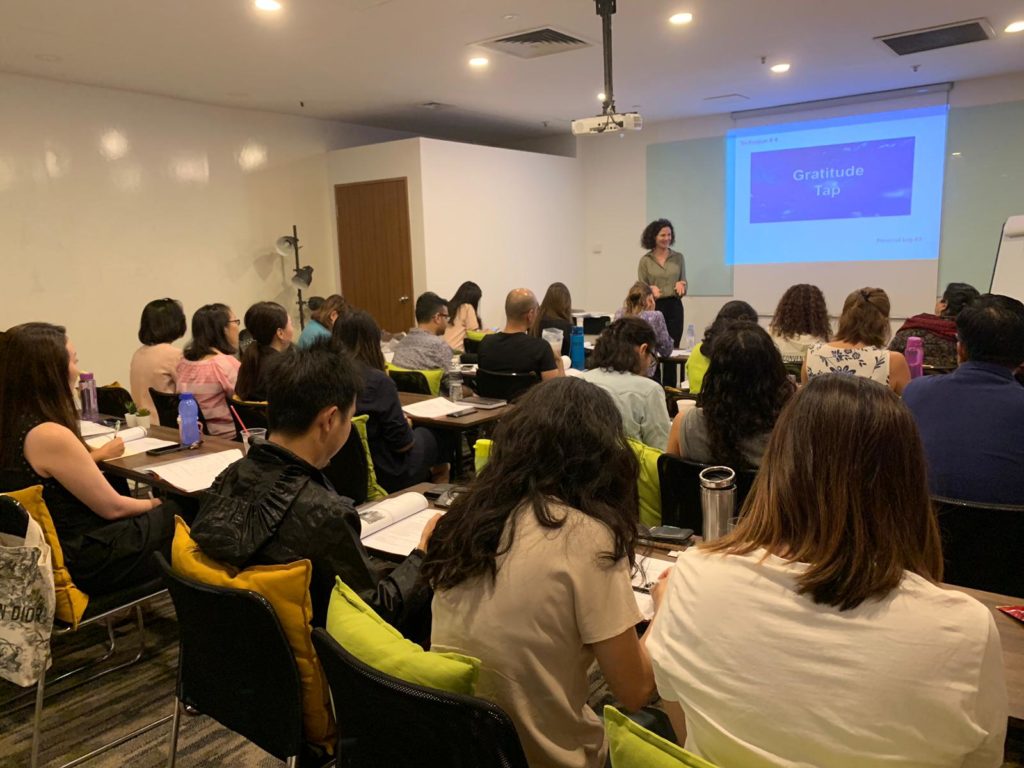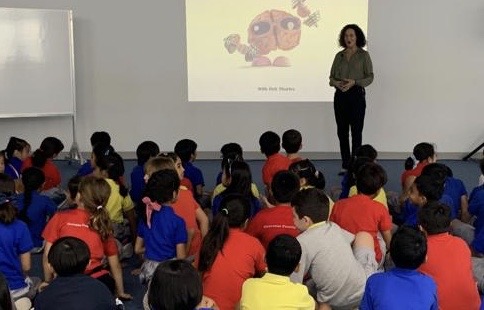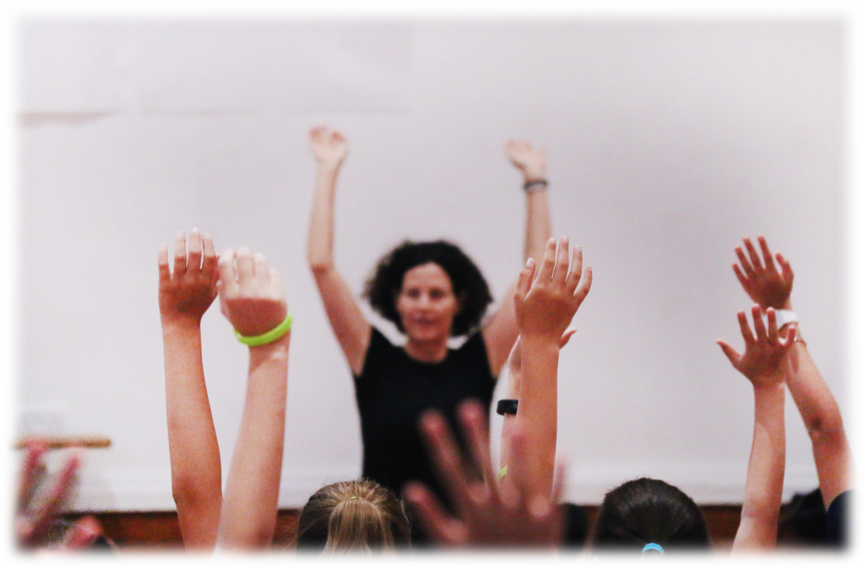One of the greatest challenges business leaders face is steering their organizations successfully in an increasingly volatile, uncertain, complex and ambiguous (VUCA) world. While originally coined in 1998 by the military, VUCA is now the established operational backdrop for businesses globally.
Popular press often presents VUCA as a total singular issue and therefore a single challenge. Oversimplified and inaccurate, this assumption can create executive paralysis, so it is important to understand and examine each element for its unique set of challenges.
Unpacking VUCA
A volatile environment is essentially unpredictable or unstable. While change is assured, the direction, breadth and enormity of change is unknown. Developing organizational agility to manage or capitalize on change when it arrives is crucial.
Uncertainty means situations and outcomes are uncertain at best and unknown at worst often because there is simply not enough information or knowledge to inform strategic decisions.
Complexity, either within the organization or in the external business environment, has many threads and layers. Complex situations need time, clarity and deep understanding to untangle.
Ambiguity differs from uncertainty in that there is no single clear path or outcome, and the difficulty is predicting the best course of action.
Many business leaders and their teams are confounded, stressed and overwhelmed by VUCA, with the rapid pace of change compounded by challenges of information-overloaded, always-on, multi-tasking environments that negatively affect the whole organization’s productivity (Dean & Webb, 2011). Thus VUCA not only exists “out there”, but also “in here” as a VUCA mindset, reflecting mental states of confusion, stress and reactivity that block or cripple personal creativity and growth.
The IBM study Capitalizing on Complexity (2010) presented insights from over 1500 chief executive officers where “the biggest challenges facing enterprises from here on will be the accelerating complexity and the velocity of a world that is operating as a massively interconnected system”. Eight out of ten of these CEOs expected even greater complexity in the coming years, while less than 50 percent believed they knew how to successfully deal with it.
A standout competence
One surprising standout competence emerged, cited as the most important leadership quality by 60% of the CEOs interviewed. In the top spot, ahead of integrity and global thinking, was creativity.
The two mind-states of creativity
So where does creativity spring from? How can it be cultivated, fostered and leveraged? At the heart of creativity lies two states of mind – open awareness and focused attention – both trainable through mindfulness meditation.
Open awareness is the canvas on which creativity paints: idea generation, insight, visioning and out-of-the-box thinking. It opens the door for divergent thinking and mind-wandering through the activation of the brain’s Default Mode Network (DMN) and gives birth to fresh new perspectives, enhancing the capacity to generate novel, creative thoughts and outcomes (Smallwood & Schooler, 2015).
The brain’s Executive Control Network engages when focused attention is required for cognitive tasks such as critical evaluation and analysis (Beaty et al, 2015), producing the convergent thinking necessary for on-task focus and sustained attention.
Switching gears
Being aware of when and how to shift gears between these states is essential, because the DMN’s mind wandering is also associated with attention drifting off-task (Mrazek et al, 2012). This correlates with increasing levels of error as attention is distracted from events happening in the present moment (Smallwood & Schooler, 2015). According to a study by Killingsworth & Gilbert (2010), this type of mind wandering occurs a startling 46.9 percent of the time, so this disengagement comes at a cost in the form of reduced focus, efficiency and productivity.
The training of on-task attention is a key driver in maximizing productivity, and even brief mindfulness training has significant effects on improving sustained attention and executive processing efficiency, reducing lapses of attention and leading to better performance (Zeidan et al, 2010).
To cultivate innovative organizations Connell and Thaarup (2013) propose that mindfulness is “key to ensure maximization of human potential, particularly the harnessing of creativity and innovation”, and that in these dynamic environments mindfulness facilitates job performance (Dane & Brummel, 2014).
Mindfulness training fosters leadership and workforce creativity in two areas: 1) priming both divergent (open) and convergent (focused) thinking to optimize creative processes and problem-solving, and 2) minimizing blocks to creativity by improving stress regulation and psychological and physical wellbeing (Hulsheger et al, 2013; Brown & Ryan, 2003).
Mindfulness and positive emotion
Research indicates that mindfulness also improves positive emotion (Jha, Stanley et al, 2010) and furthermore that positive emotion facilitates creativity, cognitive flexibility, innovative responding, openness to information and the ability to perceive associates between ideas (Isen, 2001). In the field of positive psychology, the first pillar in the PERMA model of human flourishing is positive emotion (Seligman, 2012), and a meta-analysis examining 225 studies related happiness (wellbeing) to success across different life domains (Lyubomirsky, et al, 2005), “fostering clear-headed, well-organized, open-minded, flexible problem solving and thinking” (Isen, 2001).
According to Barbara Fredrickson’s (2003) broaden-and-build theory, “positive emotions trigger upward spirals by broadening individual’s habitual modes of thinking and action and building lasting resources that promote future experiences of positive emotions. As this cycle continues, positive emotions transform individuals into more resilient, socially integrated and capable versions of themselves”. Organizational transformation becomes possible because each individual’s positive emotions can infect other people within the organization, in part because emotions are contagious (Hatfield et al, 2009).
The science
Training any skill is made possible through the brain’s malleability and plasticity, and training mindfulness is no exception. At the 2015 World Economic Forum eminent neuroscientist Dr Richard Davidson described how his extensive research studies on the neuroplasticity of the brain found that mindfulness changes how the brain functions…improving cognitive flexibility, creativity and innovation, well-being, emotional regulation, and empathy. The brain lays down new neural circuitry according to our repeated focus, forging fresh new connections and patterns that can fundamentally change how we think, respond and act.
With the growing acceptance of the relevance of mindfulness in the workforce for building positive emotions, resilience and well-being of employees, developing creativity as a core competency is the next step if organizations are to respond proactively to change and maintain their competitive advantage (D’Cruz, 2009, pg.15). Individual creativity is becoming a game-changer.
Successful companies like Aetna, General Mills, Google, McKinsey & Co, Microsoft, Nokia, GE, AXA and American Express who have already invested in mindfulness might just hold the secret to broadening and building creative resilient organizations geared to excel in a VUCA world.
References
Beaty, R. E., Benedek, M., Kaufman, S. B., & Silvia, P. J. (2015). Default and executive network coupling supports creative idea production. Scientific reports, 5. 10964; doi: 10.1038/srep10964
Berman, S. & Korsten, P. (2010). Capitalising on complexity: insights from the global chief executive officer (CEO) study. IBM. Retrieved from https://www.ibm.com/common/ssi/cgi-bin/ssialias?htmlfid=GBE03297USEN
Brown, K. W., & Ryan, R. M. (2003). The benefits of being present: mindfulness and its role in psychological well-being. Journal of personality and social psychology, 84(4), 822.
Connell, J., & Thaarup, C. (2013). Mind Training for Innovation: Building Foundations for. Learning Models for Innovation in Organizations: Examining Roles of Knowledge Transfer and Human Resources Management: Examining Roles of Knowledge Transfer and Human Resources Management, 52,58-60
D’Cruz,P. (2009), Thinking Creatively at Work: A Sourcebook, SAGE Publications Referenced at https://books.google.com.sg/.
Dane, E., & Brummel, B. J. (2014). Examining workplace mindfulness and its relations to job performance and turnover intention. Human Relations, 67(1), 105-128.
Dean, D. & Webb, C .(2011). Recovering from information overload, always-on, multitasking work environmnets are killing productivity, dampening creativity, and making us unhappy. The McKinsey Quarterly. 1.
Fredrickson, B. L. (2003). Positive emotions and upward spirals in organizations. Positive organizational scholarship, 163-175.
Hatfield, E., Rapson, R. L., & Le, Y. C. (2009). Emotional contagion and empathy. MIT. Cambridge, MA.
Hülsheger, U. R., Alberts, H. J., Feinholdt, A., & Lang, J. W. (2013). Benefits of mindfulness at work: The role of mindfulness in emotion regulation, emotional exhaustion, and job satisfaction. Journal of Applied Psychology, 98(2), 310.
Isen, A. M. (2001). An influence of positive affect on decision making in complex situations: Theoretical issues with practical implications. Journal of consumer psychology, 11(2), 75-85.
Jha, A. P., Stanley, E. A., Kiyonaga, A., Wong, L., & Gelfand, L. (2010). Examining the protective effects of mindfulness training on working memory capacity and affective experience. Emotion, 10(1), 54.
Killingsworth, M. A., & Gilbert, D. T. (2010). A wandering mind is an unhappy mind. Science, 330(6006), 932-932.
Lyubomirsky, S., King, L., & Diener, E. (2005). The benefits of frequent positive affect: Does happiness lead to success?
Mrazek, M. D., Smallwood, J., & Schooler, J. W. (2012). Mindfulness and mind-wandering: finding convergence through opposing constructs. Emotion, 12(3), 442.
Seligman, M. E. (2012). Flourish: A visionary new understanding of happiness and well-being. Simon and Schuster.
Smallwood, J., & Schooler, J. W. (2015). The science of mind wandering: empirically navigating the stream of consciousness. Annual review of psychology, 66, 487-518.
Zeidan, F., Johnson, S. K., Diamond, B. J., David, Z., & Goolkasian, P. (2010). Mindfulness meditation improves cognition: Evidence of brief mental training. Consciousness and cognition, 19(2), 597-605.



